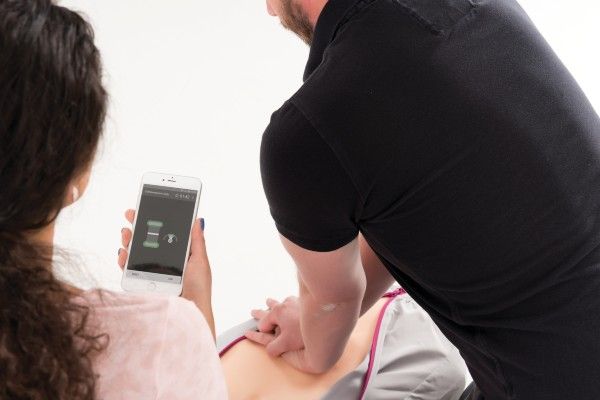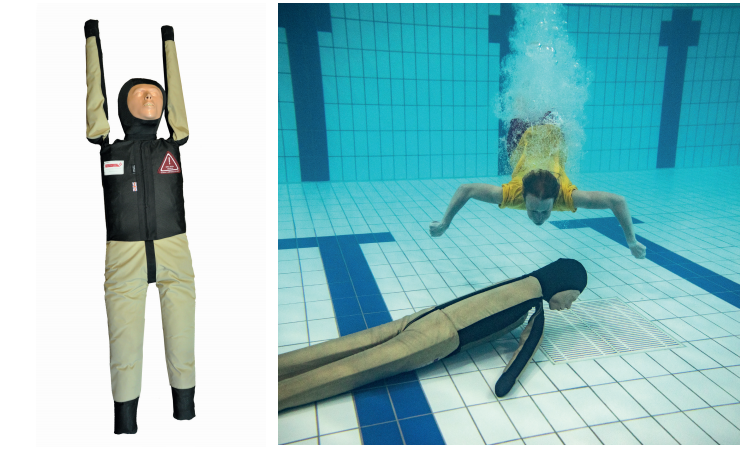
Built on real anatomy from the National Library of Medicine's Visible Human Project®, the Touch of Life Technologies VH Dissector platform for medical education provides students with an integrated environment for anatomical education and reference. With the ability to interact with correlated 3D and cross-sectional views of over 2,000 anatomical structures through identification, dissection, assembly and rotation the VH Dissector helps students understand the complex three-dimensional structure of the human body. Combining a complete electronic dissector with integrated 3D and cross-sectional atlases, the VH Dissector platform provides a comprehensive resource for gross anatomy education. Used in the dissection lab, for small group discussions or as a self-study resource, the VH Dissector provides:
Dissections are organized regionally and each dissection starts with an overview of the anatomical features of the area along with key concepts such as muscle function, innervation and blood supply. These introductions are then followed by step-by-step dissection instructions with correlated high-resolution labeled dissection photographs to help students quickly locate and identify structures in the lab. Within each step important relationships between key structures are highlighted and demonstrated through links to the VH Dissector's 3D and cross-sectional views helping students better understand the complex relationships of the human body.

Interactive high-resolution photographs of each bone with labeled landmarks provide students with a way to study these details outside of the anatomy lab. Students can identify each landmark and view them from a variety of angles. Also, unlike a real bone lab, with the VH Dissector students can study the soft tissue related to each landmark to improve understanding and retention. This resource allows students to study this necessary information outside of class in a virtual environment, wherever and whenever they want.

Dissections are organized regionally and each dissection starts with an overview of the anatomical features of the area along with key concepts such as muscle function, innervation and blood supply. These introductions are then followed by step-by-step dissection instructions with correlated high-resolution labeled dissection photographs to help students quickly locate and identify structures in the lab. Within each step important relationships between key structures are highlighted and demonstrated through links to the VH Dissector's 3D and cross-sectional views helping students better understand the complex relationships of the human body.

The VH Dissector platform provides an interactive, always available anatomical resource for students to review and better understand clinical anatomy as they progress through their clinical rotations and on into residency. Using the VH Dissector they can study clinical skills in an anatomical context, review key anatomical concepts for surgical procedures and better understand MRI, CT and Ultrasound clinical imaging.

As the most comprehensive electronic 3D and cross-sectional atlas available, the VH Dissector belongs on every physician's virtual bookshelf and your students will already have it. As a reference resource, the VH Dissector can be used to correlate labeled coronal, sagittal and transverse cross-sections with patient imaging and review anatomy for new or complex procedures. Additionally, the VH Dissector can be used with patients to educate them about procedures and treatments, improving understanding and outcomes.


A simple tactile interface uses intuitive hand gestures, multiple touch points, and easy-to-share tools so groups of up to 10 people can learn anatomy and explore clinical cases as a team. The visualization table provides an ideal environment for quickly integrating real clinical cases into problem-based learning scenarios.
Use the built-in patient cases or easily import your own to build a library of interesting and relevant anatomical presentations. Imported studies can immediately be visualized in 3D and visualizations can be bookmarked, annotated, and exported as images for integration into lectures or clinical scenarios. Full DICOM support means there is no middle step when getting studies from clinical departments ready for access and presentation on the visualization table.
Though large, the visualization table remains extremely mobile; it can quickly and easily be moved between classrooms and laboratories. The visualization table can also change orientation from horizontal to vertical and anywhere in between to optimize ergonomic comfort and visibility for a variety of environments.

The visualization table is powered by a tailored Sectra PACS workstation. Sectra's patented visualization techniques allow immediate display of large datasets, such as high-resolution, full-body scans. Leveraging 20 years of experience with Sectra PACS in clinical radiology departments and over 1,000 installations, the visualization table brings clinical-grade imaging into your anatomical education environment.
Utilizing Sectra's clinical PACS, the visualization table is able to quickly and directly import DICOM studies for automatic display in 2D and 3D. Built-in presets allow you to instantly visualize air, skin, soft tissue, contrast-injected vasculature, bone, or surgical interventions. Precision controls allow you to customize your view even further for unique visualizations of CT and MRI datasets.

Interpretation of clinical imaging often requires atlas reference. Built on real anatomy from the Visible Human Project®, the VH Dissector provides this reference allowing students to visualize and interact with over 2,000 structures in 3D and cross-sectional views.
Through the integrated curriculum of the VH Dissector, the visualization table becomes an integral part of the learning process. Students can access and review the same anatomical content at home, on their own computers or in the dissection lab. They can then reinforce their understanding of complex relationships during group sessions at the visualization table.





